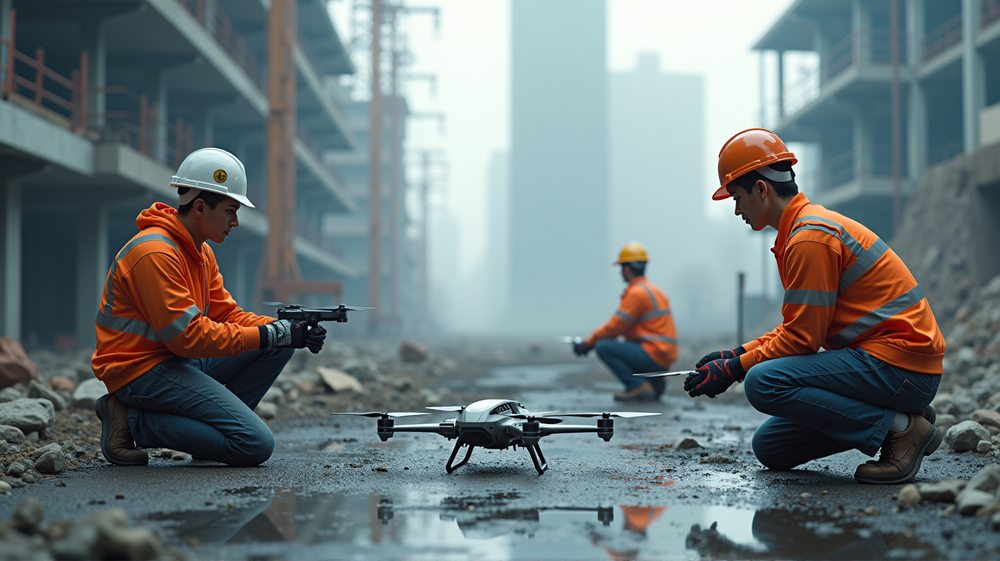Revolutionizing Construction: Can Tech Attract Young Talent?
The construction industry is poised for a tech-driven transformation that could magnetize the younger workforce it desperately needs. As the sector battles an aging workforce, with an average age climbing towards mid-forties, and escalating labor shortages, technology emerges as both the hero and harbinger of change.
The Workforce Challenge and a Digital Solution
According to recent statistics, a substantial 70% of construction firms have encountered hiring hurdles, primarily due to a lack of interest among younger generations. However, a new dawn beckons as cutting-edge tech, like reality capture and artificial intelligence, begins reshaping views on construction careers. These advancements not only optimize existing operations but also bring the vibrancy and challenge that attract the digitally inclined youth.
Imagine a scenario reminiscent of popular video games, where drones, lidar, and 3D modeling are part and parcel of a normal workday. As Cameron Clark from Trimble explains, “Technology is fundamentally altering how we perceive and engage with construction jobs.”
Gaming to Skyscrapers: A New Frontier
Youth who revel in digital simulations like Minecraft can seamlessly transition into construction by leveraging their experience in virtual 3D environments. These skills allow them to contribute significantly by constructing precise digital models, bridges, and blueprints that lead to real-world implementations. According to Roads and Bridges, this paradigm shift propels the industry into exciting territories, turning mundane jobs into innovative careers.
Elevating Safety Standards
Safety, a cornerstone of construction, stands to gain the most from technological advancement. With fewer human interactions required in high-risk zones and increased remote operations, the industry’s safety track record can significantly improve. Modern tech not only alerts potential hazards but also prescribes safer pathways and automated machinery, ensuring human life always remains a top priority.
Autonomy in Construction: AI Leads the Way
The potential of AI and machine learning in construction is vast. By understanding machinery patterns and integrating operator assistance, even novice workers can achieve expert-level efficiency. This method promises consistent performance and taps into diverse labor markets, enhancing inclusivity and productivity.
While fully autonomous construction sites may still be a distant vision, each stride in technology today sets a strong foundation for tomorrow’s unprecedented innovations. Optimizing machines and workflows not only redefines the job landscape but engages a workforce ready to embrace these changes.
Conclusion
With technology at its core, the construction industry is evolving into an appealing frontier for younger generations. The narrative of dull manual labor is gradually being replaced by stories of digital innovation and creative potential. As industries like construction continue to adapt, the opportunities for young talent are boundless.
The blend of digital fascination and career fulfillment offers a promising solution to the generation gap. As the narrative progresses, it fosters a new age in construction marked by innovation, engagement, and endless possibilities.




